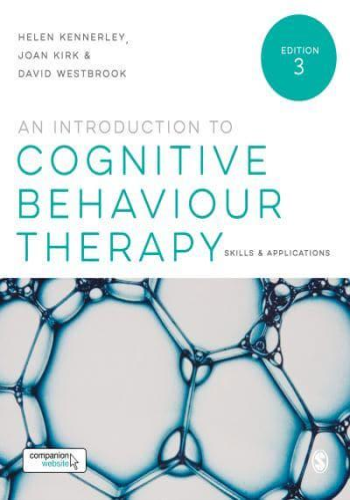Chapter 1: Fundamentals of Cognitive Behaviour Therapy (CBT)
* CBT is a psychological therapy that focuses on identifying and changing negative thoughts, emotions, and behaviors.
* Core principles include:
* Our thoughts, feelings, and behaviors are interconnected.
* Negative thoughts can lead to negative emotions and behaviors.
* Example: A person may have the negative thought that they are unlovable, which leads to feelings of anxiety and avoidance of social situations.
Chapter 2: The Cognitive Model
* The cognitive model explains how our thoughts influence our emotions and behaviors.
* Key concepts include:
* Automatic thoughts: Rapid, spontaneous thoughts that occur in response to events.
* Core beliefs: Fundamental beliefs about oneself, others, and the world.
* Cognitive distortions: Irrational ways of thinking that lead to negative emotions and behaviors.
* Example: A person may have the automatic thought "I'm going to fail this test" when faced with a challenging task. This thought is based on a core belief that they are incompetent.
Chapter 3: The Behavioral Model
* The behavioral model focuses on the relationship between our behaviors and our environment.
* Key concepts include:
* Reinforcement: Behaviors that lead to positive consequences are more likely to be repeated.
* Punishment: Behaviors that lead to negative consequences are less likely to be repeated.
* Example: A person may frequently check their phone because they anticipate finding positive messages or notifications. This behavior is reinforced by the intermittent rewards it provides.
Chapter 4: The Cognitive-Behavioral Model
* The cognitive-behavioral model combines the cognitive and behavioral models to provide a comprehensive understanding of how thoughts, emotions, and behaviors interact.
* It emphasizes the importance of identifying and addressing both cognitive and behavioral factors in therapy.
Chapter 5: Cognitive Restructuring
* Cognitive restructuring involves identifying and challenging negative thoughts and beliefs.
* Techniques include:
* Identifying automatic thoughts and core beliefs.
* Examining evidence for and against these thoughts and beliefs.
* Developing more rational and adaptive thoughts.
* Example: A person with anxiety about social situations may challenge the thought that they will be judged negatively and humiliated. They gather evidence that not everyone they meet will judge them and that they can handle social interactions even if they experience some discomfort.
Chapter 6: Behavioral Activation
* Behavioral activation focuses on increasing positive behaviors and reducing negative ones.
* Techniques include:
* Identifying desired activities and setting realistic goals.
* Scheduling time for these activities.
* Overcoming obstacles to participation.
* Example: A person with depression may schedule daily activities that they enjoy, such as going for walks or visiting friends. This helps them engage in more rewarding experiences and improve their mood.







